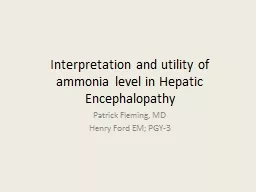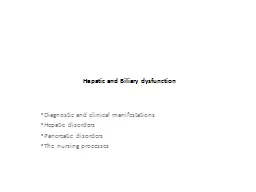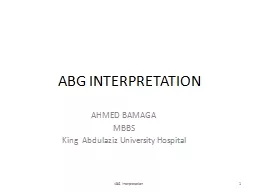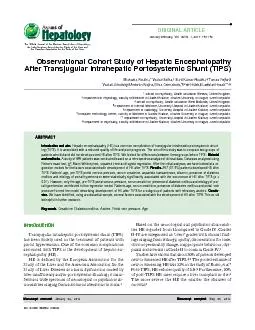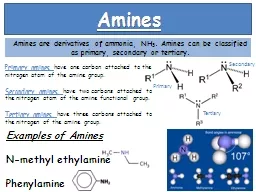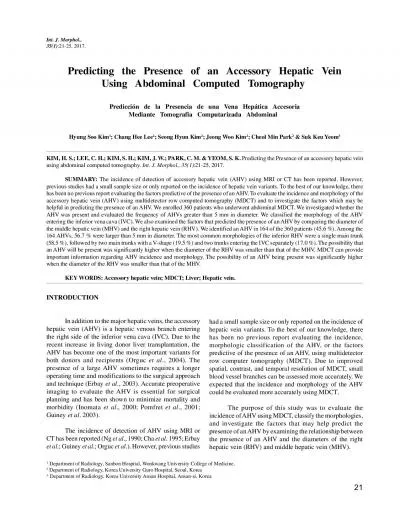PPT-Interpretation and utility of ammonia level in Hepatic Ence
Author : tatiana-dople | Published Date : 2016-10-12
Patrick Fleming MD Henry Ford EM PGY3 Goals and Objectives Review definitionclassification of hepatic encephalopathy HE and its pathophysiology Review differential
Presentation Embed Code
Download Presentation
Download Presentation The PPT/PDF document "Interpretation and utility of ammonia le..." is the property of its rightful owner. Permission is granted to download and print the materials on this website for personal, non-commercial use only, and to display it on your personal computer provided you do not modify the materials and that you retain all copyright notices contained in the materials. By downloading content from our website, you accept the terms of this agreement.
Interpretation and utility of ammonia level in Hepatic Ence: Transcript
Download Rules Of Document
"Interpretation and utility of ammonia level in Hepatic Ence"The content belongs to its owner. You may download and print it for personal use, without modification, and keep all copyright notices. By downloading, you agree to these terms.
Related Documents

